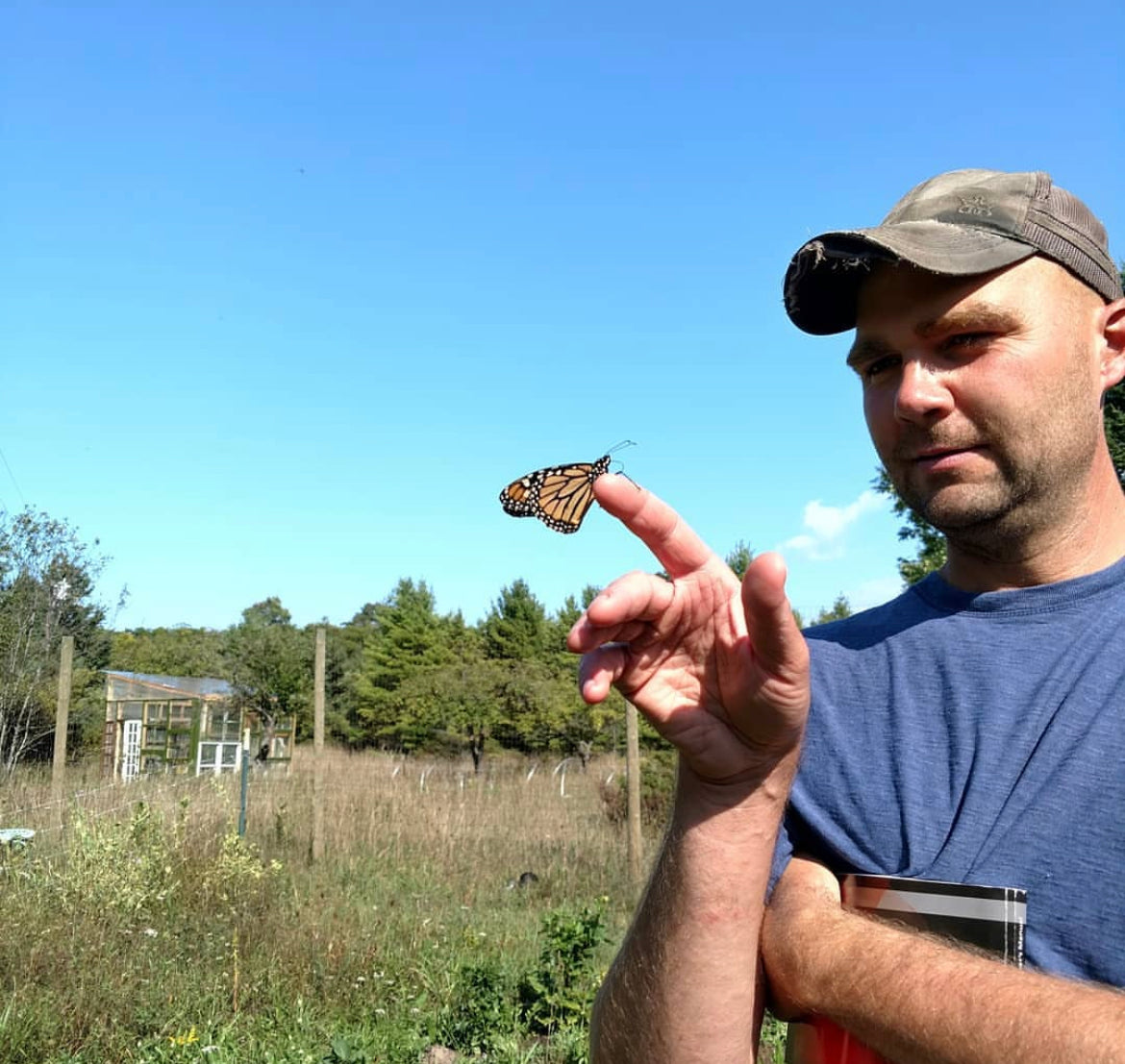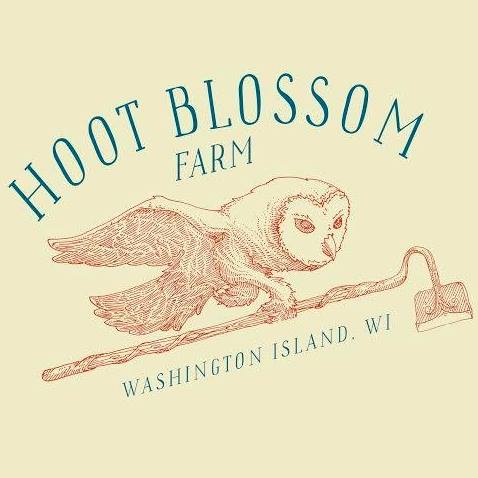Hoot Blossom
Door County Meadow Pollinator Garden
Door County Meadow Pollinator Garden
Couldn't load pickup availability
The Door County Meadow plant community is composed of species native to Northeastern Wisconsin, though many of the species are found throughout the state. This plant community will thrive with a lot of direct sunlight, at least 6 hours a day. The soil type should be dry to medium moisture. This community is mostly lower growing (2-3’), though some species will reach 4-5’. Density of planting is one - three plants every square foot, allowing plants to blend and fill in over the first two years of the planting. A 2 oz. seed mix is available to augment this planting and is highly recommended. (See more below.)
This community includes the following species
- Coreopsis (Coreopsis lanceolata)
- Wild Bergamot (Monarda fistulosa)
- Heath Aster (Symphyotrichum ericoides)
- New England Aster (Symphyotrichyum novae-angliaea
- Yellow Coneflower (Ratibida pinnata)
- Foxglove Beardtongue (Penstemon digitalis)
- Smooth Blue Aster (Symphyotrichum laeve)
- Golden Alexanders (Zizia aurea)
- Prairie Cinquefoil (Drymocallis arguta)
- Pale Spiked Lobelia (Lobelia spicata)
Small Bundles will include at least 7 of the above species; Medium will include at least 10 of the above species; Large will include at least 15 of the above species. See distribution chart below for more specifics. Substitutions of species not on this list but appropriate for the plant community may be made.
Sun: Direct Sun. At least 6 hours a day.
Soil: Dry to Medium Moisture.
Door County Meadow is also great for planting in neighboring counties in Northeastern Wisconsin.
Root Care Instructions
- open box immediately upon arrival and inspect the plants
- plants must be kept in a cool, dark space prior to planting
- until planted, care must be taken to prevent roots from drying out while still allowing air circulation
- plant the roots within 7 days of receiving
Why Bare-Root Plants?
- Bare root plants allow for you to jumpstart your native pollinator garden as the roots have one year of stored energy and will grow more quickly and more robustly than a seedling plant.
- Bare root plants can more easily outcompete weeds, especially in the first years.
- Bare root plants make weeding easier as they are larger and more robust than seedling weeds.
- Bare root plants are less bulky and expensive compared with potted plants.
How To Install Your New Door County Meadow Garden
- Pick a site in direct sunlight, such as the east or south side of home, and away from big shade trees. This plant community should still thrive with 6 hours of direct sunlight in most cases. If you want to keep all weeds out of the planting, avoid sites with persistent, perennial weeds.
- Remove existing vegetation in the intended planting site. If lawn sod, rototilling once or twice prior to planting should be sufficient.
- Design the plant layout of your garden, considering plant type, flower color, and bloom time. Use authoritative online resources such as Flora of Wisconsin https://wisflora.herbarium.wisc.edu/
- Plant bare root plants so that no part of the root is left above the soil. Growing buds should be slightly (one quarter inch or so) below soil level. Most plants will have dried vegetation remaining, and this can be used to determine the planting depth for the plant. Heavy mulch is not recommended for this plant community.
Materials
Materials
Bare-root plugs grown using organic methods on Washington Island.
Shipping
Shipping
We will ship in spring using USPS.
Care Instructions
Care Instructions
Root Care Instructions
- open box immediately upon arrival and inspect the plants
- plants must be kept in a cool, dark space prior to planting
- roots must be prevented from drying out while still allowing air circulation prior to planting
- plant the roots within 7 days of receiving

















Start Your Pollinator Garden Today!
Do your part to keep Wisconsin's plants, pollinators, and birds thriving by creating habitat in your yard. If we all do our part, Wisconsin can buzz with life.
-

Habitat Superheros
Contact us!If you are interested in planting more than 100 bare-root Wisconsin Native Pollinator Plants, let us know!

















